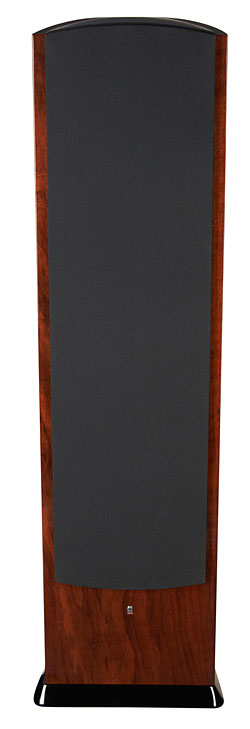| Columns Retired Columns & Blogs |
I’m considering purchasing the F208, my concern about the bass response in a 13sqm room, I am in the process of renovations and the speakers will be relocated into a room between 20-25sqm. Should I purchase the F206 instead?
 Though pulling apart the F208's sound into various bandwidths seemed more difficult than usual, I could still do it. The speaker's treble was extraordinarily extended, clear, and open. The tweeter was, perhaps, ever so slightly hot; the treble control made useful changes when I listened to music recorded with too much sizzle. The tweeter did very little to hide the flaws of bad recordings, but it sure rewarded those recorded with a natural treble balance—the hi-hat and snare in Paul Desmond's Bossa Antigua (CD, RCA Victor 68689-2) sounded so open, clear, and right. The tweeter also allowed the sound of breath through Desmond's alto sax to come through in a natural yet startlingly real way. Thankfully, the tweeter never imposed on the sound any hardness or grain. The treble of each recording sounded totally different from the one before it—as it should.
Though pulling apart the F208's sound into various bandwidths seemed more difficult than usual, I could still do it. The speaker's treble was extraordinarily extended, clear, and open. The tweeter was, perhaps, ever so slightly hot; the treble control made useful changes when I listened to music recorded with too much sizzle. The tweeter did very little to hide the flaws of bad recordings, but it sure rewarded those recorded with a natural treble balance—the hi-hat and snare in Paul Desmond's Bossa Antigua (CD, RCA Victor 68689-2) sounded so open, clear, and right. The tweeter also allowed the sound of breath through Desmond's alto sax to come through in a natural yet startlingly real way. Thankfully, the tweeter never imposed on the sound any hardness or grain. The treble of each recording sounded totally different from the one before it—as it should.









































